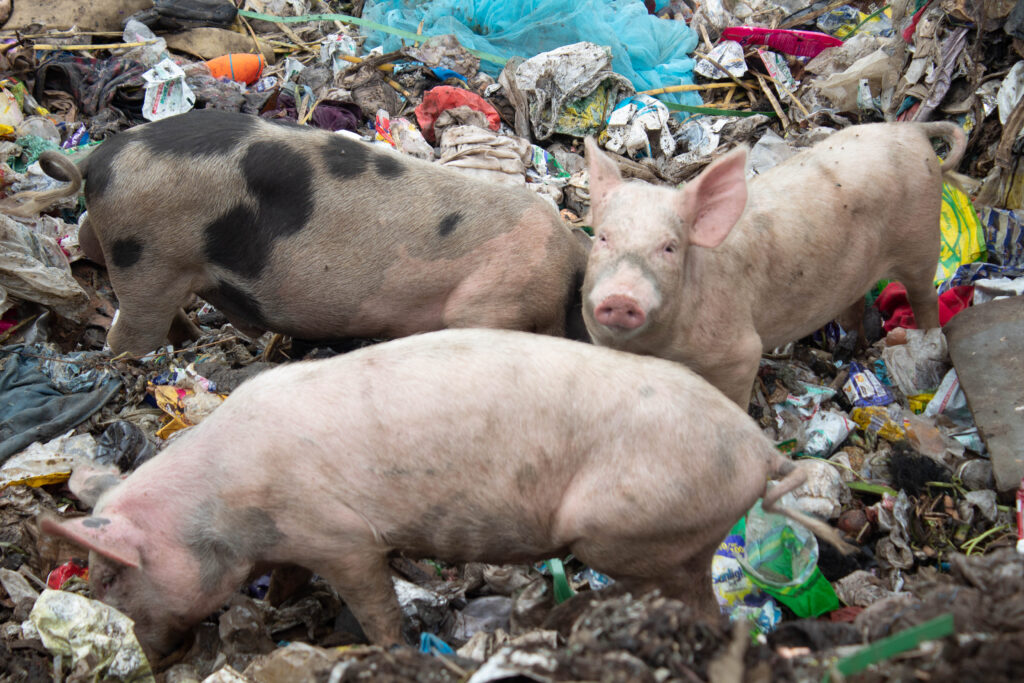Contact : +254 725 877 146
World Environment Day 2025: Beating Plastic Pollution
World Environment Day 2025 brings renewed urgency to Kenya’s fight against plastic pollution, a crisis visible in littered streets, polluted rivers, and overflowing landfills like Nairobi’s Dandora site. Despite bold bans on plastic bags and single-use plastics, weak enforcement and limited waste management infrastructure mean plastic waste continues to threaten public health, wildlife, and livelihoods. At the heart of this challenge are Kenya’s waste pickers, who play a vital yet often overlooked role in recycling and environmental protection. As the nation rallies to “Beat Plastic Pollution,” empowering youth innovation and supporting waste pickers will be key to building a cleaner, greener future.

World Environment Day, celebrated every year on June 5th, is the United Nations’ flagship platform for raising global awareness and inspiring action to protect our planet. In 2025, the theme “Beat Plastic Pollution” returns with renewed urgency, spotlighting one of the most pressing challenges of our time. For Kenya, a country deeply reliant on its rich natural resources and vibrant ecosystems confronting plastic pollution is not just a national priority but a global responsibility.
Plastic pollution has become a visible and growing threat across Kenya, impacting the environment, public health, wildlife, and the economy. From the bustling streets of Nairobi and the shores of Lake Victoria to the scenic coastlines of Mombasa, plastic waste clogs drainage systems, pollutes water bodies, harms marine life, and diminishes the natural beauty that supports tourism and local livelihoods. Single-use plastics, bags, bottles, straws, and packaging are among the most common offenders, often discarded improperly and lingering in the environment for centuries.
Kenya has taken bold steps to address this crisis. In 2017, the country implemented one of the world’s toughest bans on plastic bags, prohibiting their manufacture, import, and use. This landmark policy dramatically reduced plastic bag pollution and inspired similar actions across Africa and beyond. In 2020, Kenya went further by banning single-use plastics in protected areas such as national parks, forests, and beaches. These measures reflect Kenya’s commitment to environmental stewardship, yet enforcement and behavior change remain ongoing challenges.
Despite these efforts, plastic pollution persists due to inadequate waste management infrastructure, limited public awareness, and the ever-increasing production and consumption of plastics. Many urban and rural areas lack proper waste collection and recycling systems, leading to illegal dumping and open burning, which release toxic chemicals into the air and soil. Plastics also break down into microplastics, contaminating water sources and entering the food chain, posing health risks to both people and animals.
Nowhere is this crisis more evident than at Nairobi’s Dandora dumping site, the country’s largest landfill. Dandora receives over 2,000 tonnes of waste daily, much of it plastic, and has long exceeded its capacity. Mountains of unsegregated garbage pollute the air, soil, and water, posing serious health risks to nearby residents, many of whom rely on scavenging for survival. The site symbolizes Kenya’s broader waste management struggles, with open dumping and burning common across the country.
At the heart of this issue are the unsung heroes, waste pickers who recover recyclable materials from dumpsites and streets. Their work is critical to reducing waste and promoting recycling, yet they face harsh conditions, exposure to toxic chemicals, and serious health risks, including respiratory diseases and cancers. Many lack protective gear, access to healthcare, or recognition for their vital contributions. Waste pickers also face social stigma, economic exploitation, and legal uncertainty, often working in unsafe, unhygienic conditions without access to basic services.
To truly beat plastic pollution, Kenya must urgently invest in modern, sustainable waste management solutions. This includes establishing proper waste collection and sorting systems, building recycling facilities, and promoting a circular economy where materials are reused rather than discarded. Public-private partnerships, youth innovation, and community-based waste projects can drive change. There is also a need for stronger policies, better enforcement, and continuous public education on reducing, reusing, and recycling plastic.
Young people, in particular, have a tremendous opportunity to lead the way. From launching recycling startups and developing eco-friendly packaging to creating digital waste solutions and leading clean-up campaigns, Kenyan youth are turning waste into wealth and driving innovation in the green economy. By investing in youth empowerment, green jobs, and inclusive waste management, Kenya can transform the plastic crisis into an opportunity for sustainable development.
World Environment Day 2025 is a call to action for every Kenyan. Environmental protection is not the responsibility of government alone, it is a shared duty. Citizens must minimize their plastic footprint, businesses must adopt eco-friendly practices, and policymakers must prioritize sustainable urban planning and waste management. By working together and making conscious choices, we can protect Kenya’s landscapes, safeguard public health, and build a cleaner, greener future for generations to come. Let us rise to the challenge, honor the work of waste pickers, and empower our youth to create lasting change.
